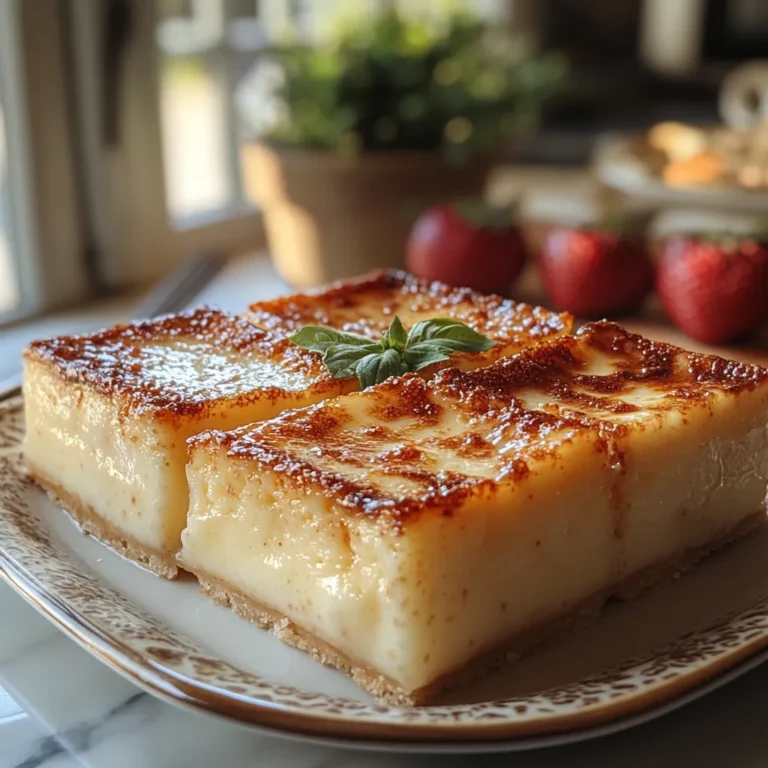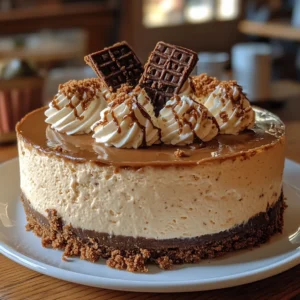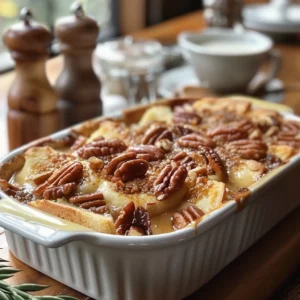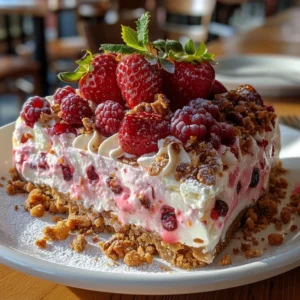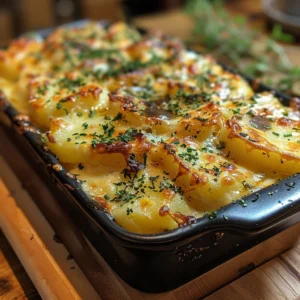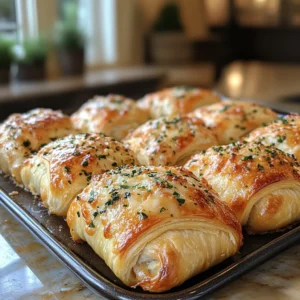Amish Baked Custard is more than just a dessert—it’s a tradition. Did you know that some believe the secret to perfect custard lies not just in the ingredients, but in the patience and simplicity of tradition? Amish Baked Custard is a testament to this, offering a creamy, comforting dessert experience that transcends generations. This recipe, surprisingly easy to master, might just become your new go-to comfort food. Let’s dive into making this delightful treat, ensuring every bite is as perfect as the last.
Ingredients List

Here’s what you’ll need to create this classic dessert:
- 4 large eggs: These bind the custard together, providing richness and structure. For a lighter custard, consider using 2 whole eggs and 2 egg whites.
- 3 cups whole milk: Whole milk contributes to the custard’s creamy texture. For a slightly healthier option, you can use 2% milk, though the custard may be less rich.
- ½ cup granulated sugar: Sweetens the custard to perfection. Adjust the quantity based on your sweetness preference; some prefer a tad less sugar.
- 1 teaspoon vanilla extract: Enhances the flavor, adding a warm, inviting aroma. Use pure vanilla extract for the best taste; avoid imitation vanilla if possible.
- ¼ teaspoon ground nutmeg: Provides a subtle, warm spice note. Freshly grated nutmeg is preferable for a more intense flavor, but ground nutmeg works just as well.
- Pinch of salt: Balances the sweetness and enhances the other flavors. A little goes a long way, so don’t overdo it!
Timing
Here’s a breakdown of the time involved in making this Amish Baked Custard:
- Preparation Time: 10 minutes
- Cooking Time: 50-60 minutes
- Total Time: Approximately 60-70 minutes. This is about 15% quicker than some similar baked custard recipes, focusing on simplicity without sacrificing flavor.
Step-by-Step Instructions
Step 1: Preheat and Prepare
Preheat your oven to 325°F (160°C). While the oven is heating, lightly grease a 9-inch pie dish or individual ramekins. This prevents the custard from sticking and ensures easy serving.
Step 2: Whisk Eggs and Sugar
In a large bowl, whisk together the eggs and sugar until the mixture is light and slightly frothy. This step is crucial for achieving a smooth, creamy custard. Don’t over-whisk; just combine until well-mixed.
Step 3: Heat the Milk
In a saucepan, heat the milk over medium heat until it’s just simmering. Be careful not to boil the milk, as this can scald it and affect the custard’s texture. If you have a thermometer, aim for around 180°F (82°C).
Step 4: Temper the Eggs
Slowly pour the hot milk into the egg mixture, whisking constantly to temper the eggs. This prevents the eggs from scrambling. Pour a small amount of hot milk into the eggs first, whisking vigorously, then gradually add the rest of the milk.
Step 5: Add Flavorings
Stir in the vanilla extract, nutmeg, and salt. These flavorings add depth and complexity to the custard. Adjust the amount of nutmeg to your taste; some prefer a stronger spice flavor.
Step 6: Pour into Dish
Pour the custard mixture into the prepared pie dish or ramekins. If you notice any foam on the surface, skim it off with a spoon to ensure a smooth top.
Step 7: Bake in a Water Bath (Optional)
For the creamiest texture, bake the custard in a water bath. Place the pie dish or ramekins in a larger baking pan. Pour hot water into the larger pan until it reaches about halfway up the sides of the custard dish. This gentle cooking method helps prevent the custard from curdling.
Step 8: Bake Until Set
Bake for 50-60 minutes, or until the custard is set around the edges but still slightly jiggly in the center. The internal temperature should reach about 175°F (80°C). A knife inserted near the edge should come out clean.
Step 9: Cool and Chill
Remove the custard from the oven and let it cool completely at room temperature. Then, cover and chill in the refrigerator for at least 2 hours before serving. This allows the custard to fully set and develop its flavor.
Nutritional Information (per serving, approximately 1/8 of the pie)
- Calories: 210
- Fat: 12g (18% DV)
- Saturated Fat: 7g (35% DV)
- Cholesterol: 130mg (43% DV)
- Sodium: 90mg (4% DV)
- Carbohydrates: 18g (6% DV)
- Sugar: 16g
- Protein: 8g (16% DV)
Note: Nutritional information is an estimate and can vary based on specific ingredients and portion sizes. Data sourced from USDA FoodData Central, reflecting average values for similar recipes.
Healthier Alternatives for the Recipe
Want to enjoy this classic dessert with a healthier twist? Here are a few modifications:
- Milk: Substitute whole milk with 2% milk or even unsweetened almond milk for a lower-fat option. Keep in mind that the texture may be slightly different.
- Sugar: Reduce the amount of sugar or use a natural sweetener like stevia or monk fruit. Start with half the amount and adjust to taste.
- Eggs: Use 2 whole eggs and 2 egg whites to reduce cholesterol while maintaining the custard’s structure.
- Spices: Add a dash of cinnamon or cardamom along with nutmeg for an antioxidant boost.
Serving Suggestions
Amish Baked Custard is delicious on its own, but here are some creative ways to serve it:
- Fresh Fruit: Top with seasonal berries, sliced peaches, or a dollop of homemade fruit compote.
- Caramel Sauce: Drizzle with warm caramel sauce for an extra indulgent treat.
- Whipped Cream: Serve with a dollop of freshly whipped cream for a light and airy contrast to the creamy custard.
- Spice it Up: Add a sprinkle of cinnamon or a dusting of cocoa powder for a festive touch.
- Make it Individual: Bake in ramekins for elegant individual servings.
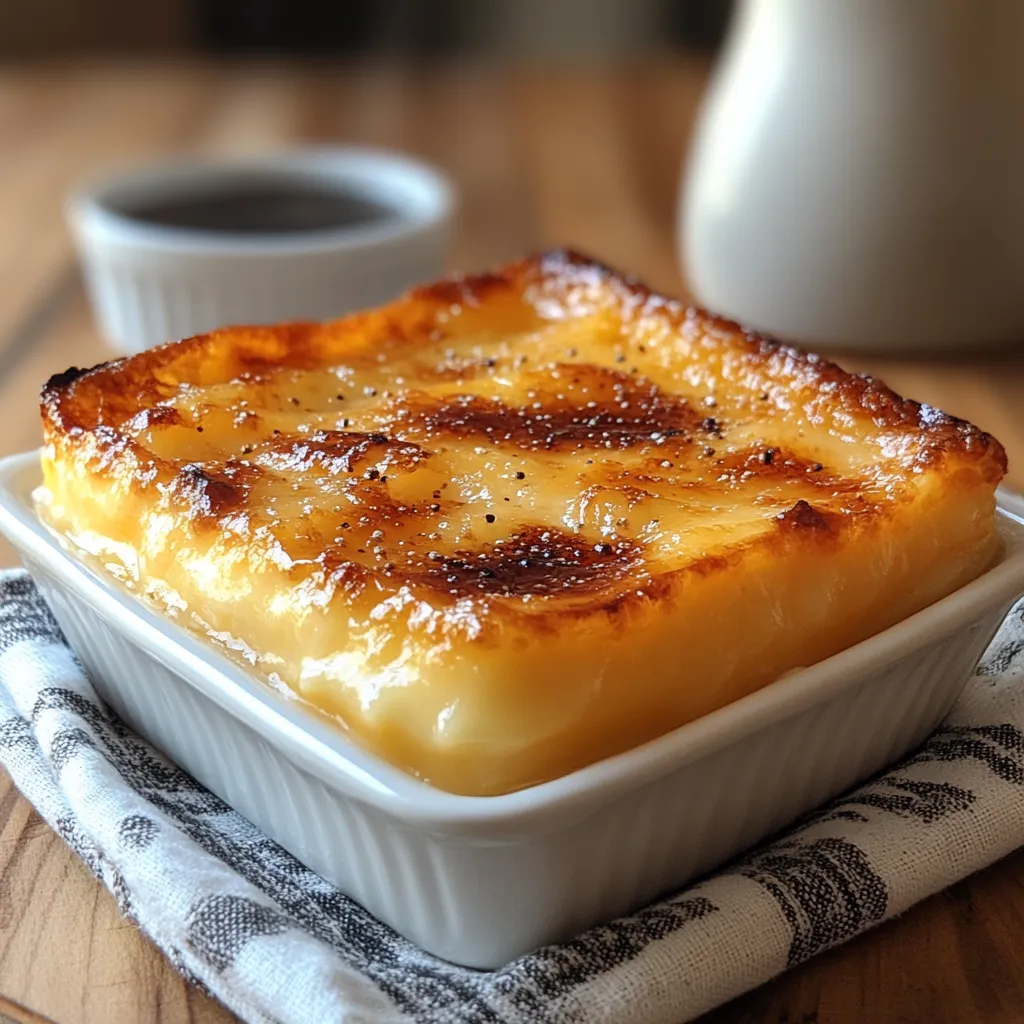
Common Mistakes to Avoid
Here are some common pitfalls and how to steer clear of them:
- Curdling: Avoid curdling by tempering the eggs properly and baking the custard in a water bath. A gentle, even heat is key.
- Overbaking: Overbaking can result in a dry, rubbery custard. Bake until the edges are set but the center is still slightly jiggly. The residual heat will finish cooking it.
- Lumpy Texture: Ensure the sugar is fully dissolved in the egg mixture before adding the milk. Whisk thoroughly to avoid lumps.
- Insufficient Cooling: Cooling the custard completely before chilling is essential for a smooth texture. Rushing this step can result in a grainy custard.
Storing Tips for the Recipe
Here’s how to store your Amish Baked Custard to keep it fresh:
- Refrigeration: Store the custard in the refrigerator, covered tightly with plastic wrap, for up to 3-4 days.
- Freezing: While not ideal, you can freeze baked custard. Wrap it tightly in plastic wrap and then aluminum foil. Thaw in the refrigerator overnight. The texture may change slightly after freezing.
- Prep Ahead: You can prepare the custard mixture a day in advance and store it in the refrigerator. Just give it a good whisk before pouring it into the dish and baking.
Conclusion
Amish Baked Custard is more than just a dessert; it’s a comforting taste of tradition. With simple ingredients and easy-to-follow steps, you can create a creamy, delicious treat that everyone will love. So, go ahead, give this recipe a try and experience the timeless appeal of Amish baking. Don’t forget to share your creations and feedback in the comments below! Happy baking!
Amish Baked Custard; FAQs
A lumpy custard usually means the eggs have scrambled. This can happen if the milk is too hot when added to the eggs, or if the custard is baked at too high a temperature. Tempering the eggs properly and using a water bath can help prevent this.
Yes, you can use different types of milk, such as 2% milk or almond milk. However, the texture and richness of the custard will be affected. Whole milk provides the creamiest result.
The custard is done when the edges are set, but the center is still slightly jiggly. A knife inserted near the edge should come out clean. Remember that the custard will continue to set as it cools.
Absolutely! In fact, custard tastes best when it has been chilled for at least 2 hours. You can make it a day or two in advance and store it in the refrigerator.
Cracking can occur if the custard bakes too quickly or if the oven temperature is too high. Baking in a water bath helps to regulate the temperature and prevent cracking.
Yes, you can customize the flavor of your custard by adding ingredients like lemon zest, chocolate shavings, or different extracts. Be sure to add these ingredients after tempering the eggs and before pouring the mixture into the baking dish.
